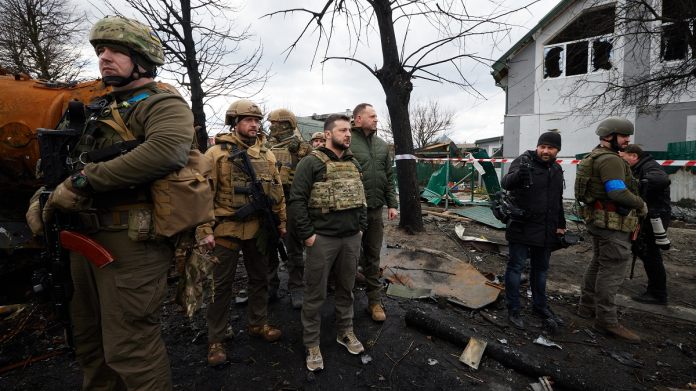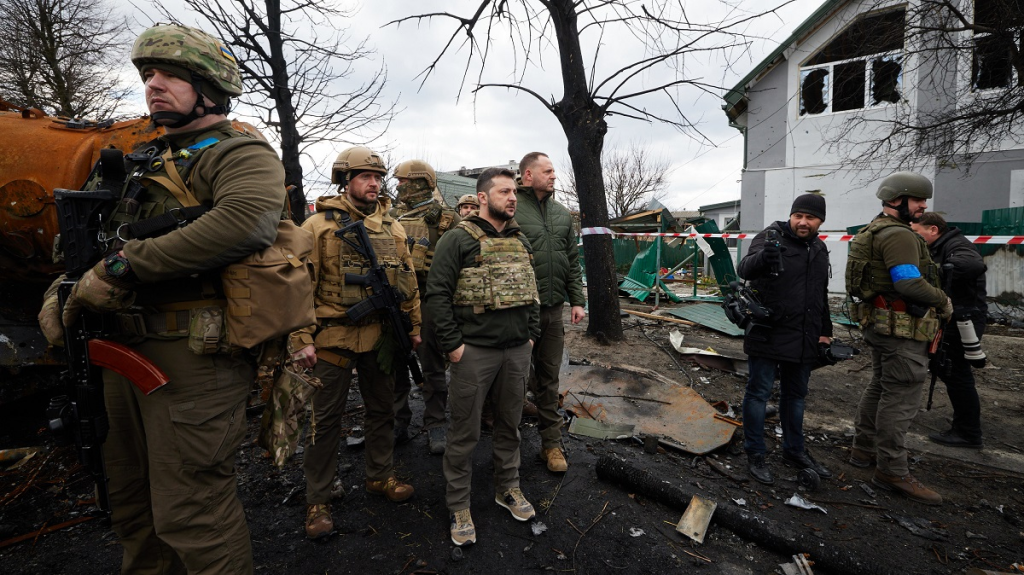
There is an old joke about engineering “If at first you don’t succeed, escalate your threat until someone listens.” President Trump’s latest action in the Ukraine conflict could have been penned by the most frustrated project manager ever reducing his ceasefire deadline to Russia from 50 days to 10, threatening secondary oil tariffs if Moscow doesn’t comply. The political and tactical implications of this brinkmanship are deep, extending far beyond the headlines and into the very heart of modern war and international relations.
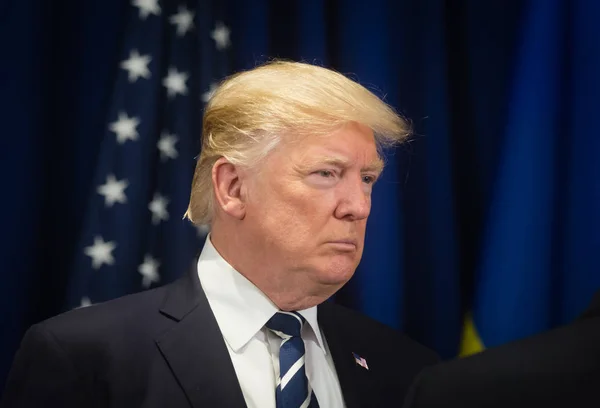
1. The Ceasefire Ultimatum: Political Leverage Meets Technological Complexity
Trump’s abrupt acceleration of the ceasefire deadline “I’m going to make a new deadline, of about 10 10 or 12 days from today,” he announced was met with a sharp retort from Dmitry Medvedev, who warned, “Each new ultimatum is a threat and a step towards war. Not between Russia and Ukraine, but within his own nation.” The tension underscores the ways in which contemporary conflict is as much a matter of information operations and technological leverage as of boots on the ground. The Kremlin, officially “dedicated to the peace process,” has offered no concessions, and the threat of secondary sanctions over oil trading partners illustrates the international interconnectedness of energy, finance, and security.
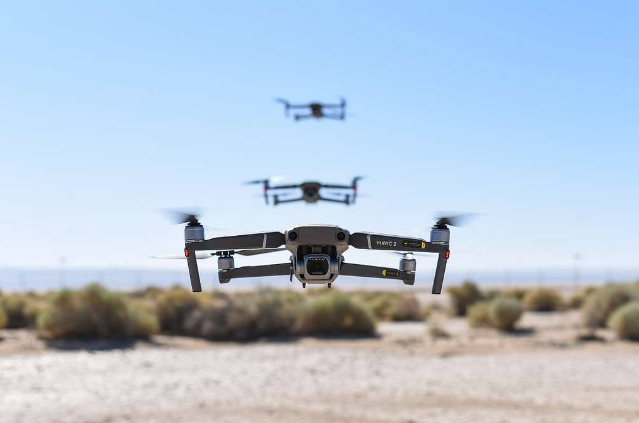
2. Verification and Surveillance: Drones as Ceasefire’s Eyes
A ceasefire in Ukraine only as long as its verification technologies. The Organization for Security and Cooperation in Europe (OSCE) has depended for many years on drones to patrol front lines, follow the movement of troops, and capture evidence of abuses. From commercial quadcopters to the Schiebel Camcopter S-100, unmanned aerial systems (UAS) have become essential to monitor static and dynamic fronts. But their usefulness is consistently undermined by electronic warfare Russian troops have repeatedly jammed, shot down, or even seized OSCE drones, making technology of trust a new battlefield drones enabled the OSCE mission to monitor movements of individuals, vehicles, and heavy weapons.

3. Electronic and Cyber Warfare: The Invisible Front
The war between Russia and Ukraine has turned into a testing ground for electronic warfare (EW) and cyber actions. Russia has in its arsenal the Krasukha-4 jamming radar, Leer-3 cellular disruption platform, and Murmansk-BN for strategic communication attacks. They have been employed to jam GPS, interrupt command-and-control, and impair drone operations. Ukraine, for one, has reacted with frequency-hopping radios, secure communications, and the mass adoption of commercial technologies such as Starlink, allowing tenacious command even in the face of intense EW attack Ukraine’s reaction through Western-derived technology, creative tactics, decentralized command and control, commercial technologies, and indigenous solutions against Russian electronic warfare. Both have countered by adapting, Russia even using optical fiber drones to bypass jamming.

4. Artillery and Missile Forces: The Lasting Gravity of Firepower
In spite of the digital acumen, the war is profoundly analog in its dependence on artillery. Russian troops are said to fire 10,000 rounds daily, while Ukraine fires around 2,000. Both utilize a combination of Soviet-era and NATO-provided howitzers, with drones now being used as forward observers for targeting and damage assessment. Combining the loitering munition and precision-guided rounds like Russia’s Krasnopol and Lancet-3 reduced targeting cycles and enhanced lethality, but electronic warfare quickly reveals weaknesses in new hardware, causing both armies to constantly upgrade the pervasive use of electronic warfare systems has strengthened the task that has to be accomplished by artillery in combat.
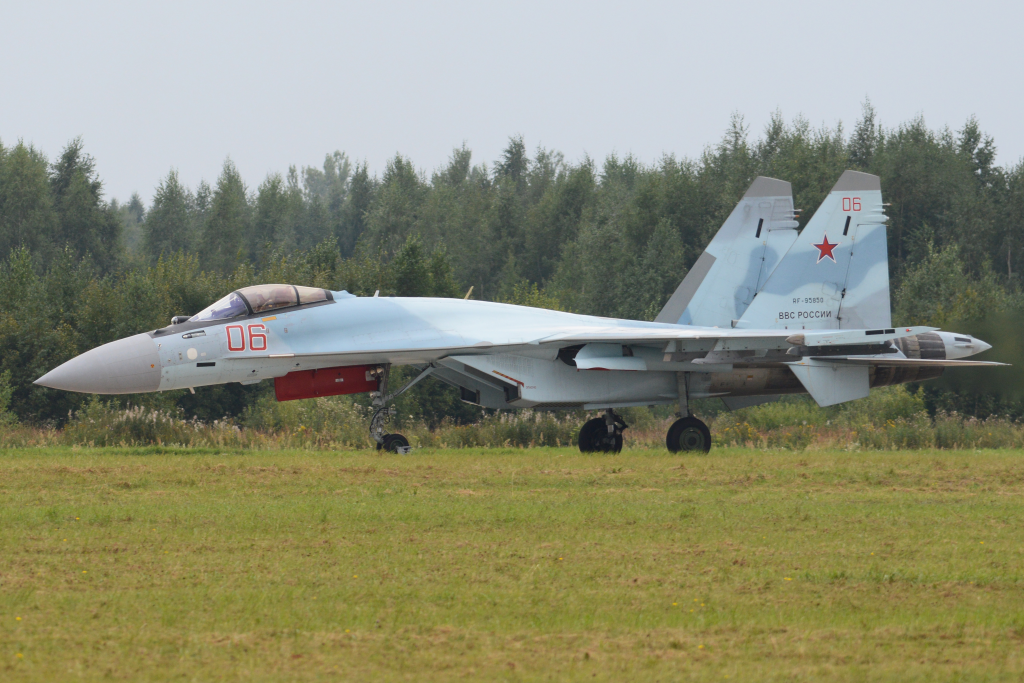
5. Air Superiority and Missile Evolution
The Ukrainian skies are an experimental ground for next-generation air-to-air missiles. Russia’s deployment of the R-77M, which has an estimated range of up to 100 miles, outnumbers Ukraine’s AIM-120C AMRAAMs and makes Ukrainian air operations more challenging. As the International Institute for Strategic Studies’ Douglas Barrie points out, “The weapon should provide a significant improvement in range, seeker performance, and resistance to countermeasures.”
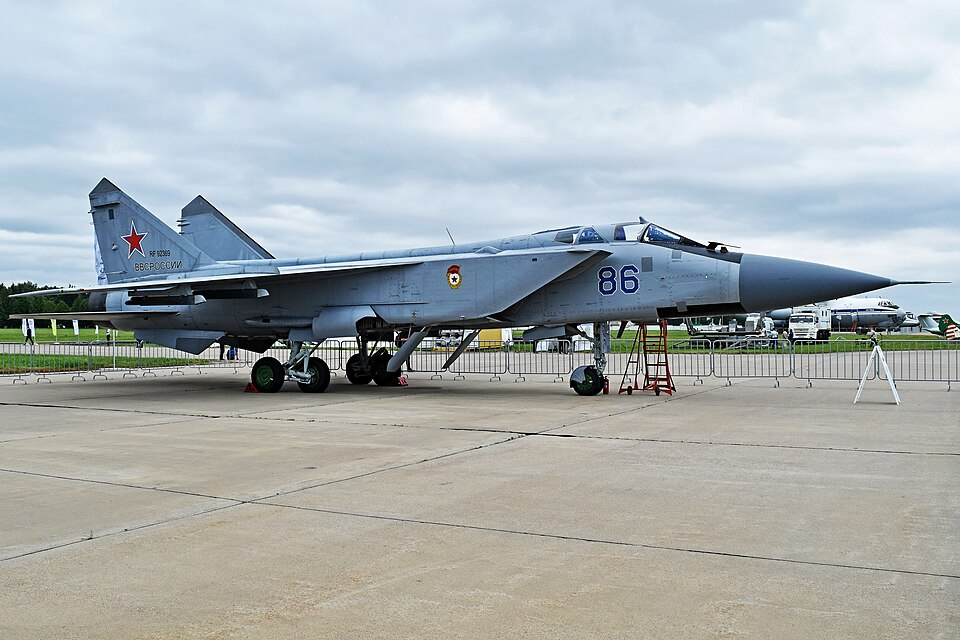
Russian Su-35S jets with sophisticated electronic countermeasures also pose difficulties for Ukrainian pilots, who are forced to fly low to avoid both missiles and radar and are vulnerable to Russian Su-35 and Mig-31 interceptors flying high altitude, shooting down large numbers of Ukrainian ground attack aircraft with long-range radar-guided missiles.

6. Financial and Political Engineering: The EU’s Leverage
In the midst of military escalation, Ukraine is threatened with a new scenario: the suspension of macro-financial European Union assistance, a reaction to the contentious reforms that have limited the autonomy of anti-corruption bodies. The EU has suspended major funding packages, including its contribution to the $20 billion ERA loan, and threatened that continued delays in reforms would put at risk as much as $60 billion in aid The EU chose to suspend major funding packages necessary to fund Ukraine’s investment and macro-financial stability projects. This economic pressure added to the technology and military rivalry highlights the conflict’s multidimensional aspects.

7. The Future of Ceasefire: Trust, Technology, and Verification
If a ceasefire is to take hold, it will require not just political will but robust technological infrastructure. Drones, sensors, and independent monitoring are critical for verifying compliance, yet their effectiveness depends on overcoming electronic and cyber interference. The OSCE experience in Donetsk where drones were jammed and ceasefire lines crossed again and again illustrates that trust needs to be engineered no less than negotiated. As Ukrainian President Zelenskyy himself said, “I thank President Trump for his emphasis on the saving of lives and ceasing this abhorrent war Russia listens to sanctions, listens to such losses.” But the machine of peace is as delicate as the networks underpinning it.
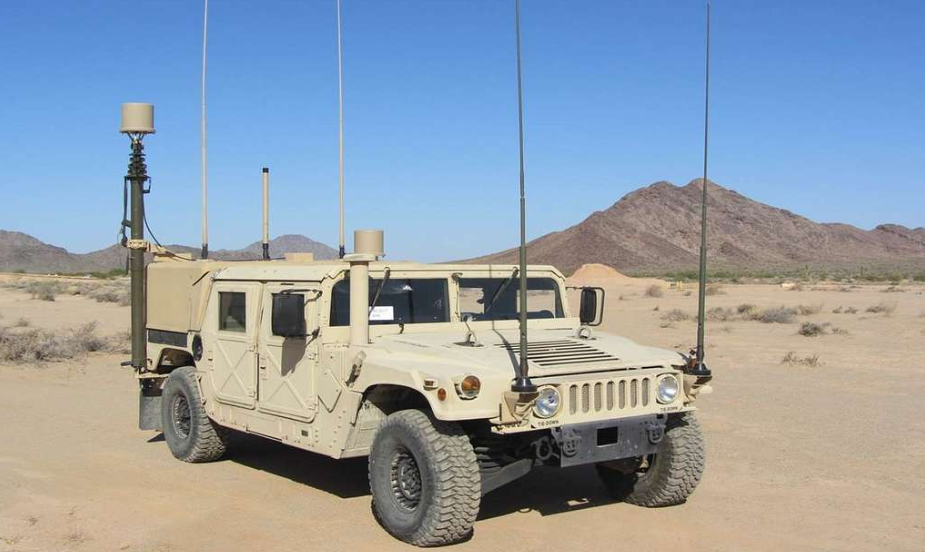
Where political brinksmanship, electronic warfare, cannon policy, and economic pressure have converged, the conflict in Ukraine has become a proving ground for 21st-century statecraft. As each side evolves, improvises, and escalates, the planet waits not only for the next step, but for the tools and strategies that will shape the next chapter of peace or conflict.
